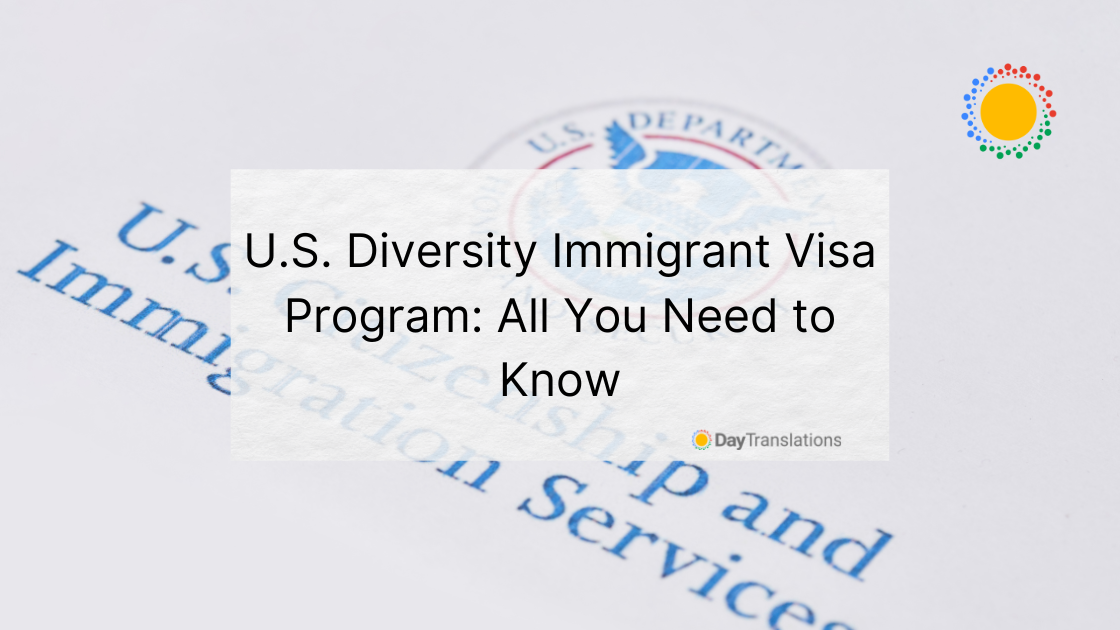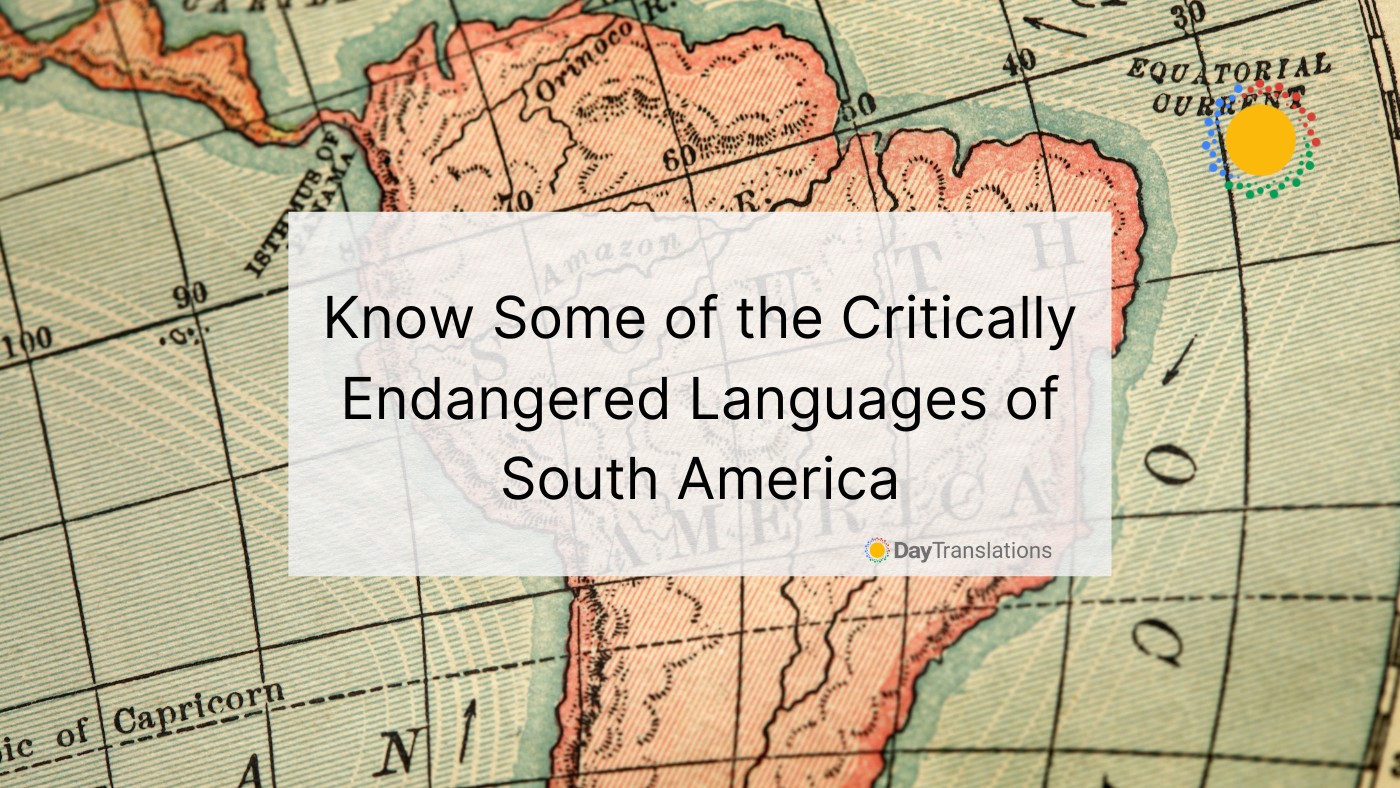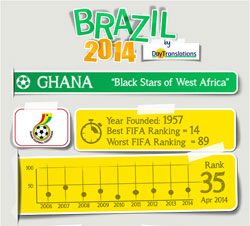Although it is difficult to enter the United States as an immigrant, the U.S. still offers citizens of many countries other options to legally immigrate and become United States citizens.
One of the options is the U.S. Diversity Immigrant Visa Program or the DV Program. In this option, the U.S. offers 50,000 immigrant visas each year. The program receives immigration applications and randomly selects the qualified individuals from countries that have low rates of immigration. The U.S. Congress mandates the DV Program.
Successful applicants and their families are granted Permanent Resident Cards or the U.S. Green Card. As Green Card holders, they can live, work and study in the United States because they are already permanent residents. The Permanent Resident Card is green in color, which is why it’s popularly known as the Green Card. The U.S. Department of State (DoS) administers the annual DV Program.
The INA or the Immigration and Nationality Act’s Section 203(c) allows ”diversity immigrants” from countries that do not send many immigrants to the United States historically to apply for the U.S. Diversity Immigrant Visa Program. The diversity visas are spread among six regions around the world. Each country is allocated 7% of the available diversity visas each fiscal year.
Geographical distribution of diversity visas
The U.S. diversity immigrant visas are available for six regions. These are Oceania, Asia, Africa, Europe (including countries from the former USSR, Cyrus and Turkey), Latin America including South America, the Caribbean, Central America and Mexico and North America (the Bahamas and Canada only).
The dependent territories are included in the sovereign countries. The United States may recognize some disputed areas and group them accordingly. Bermuda is considered as part of the UK, which falls under Europe. The West Bank is under Jordan and grouped under Asia. The Gaza Strip is part of Egypt and therefore included in Africa. Taiwan, Hong Kong and Northern Ireland are considered separate countries while Macau, although an independent territory of China is grouped under Portugal, which is part of Europe.
These regions have historically sent small numbers of immigrants for the past five years. Typically, the visa allocation in each region (not individual countries per region) is proportionate to its population, but cannot exceed 7% of the total visa allocation for the year.
The group of applicants from each region is randomly selected (which is why it is called a visa lottery). This means that an average of 8,300 applicants from each region may qualify for the diversity immigration visa each year.
Although only 50,000 visas are available each fiscal year, the United States randomly selects 100,000 applicants each year. There are reasons for the disparity.
It is to make sure that all the 50,000 visas for the year are given. Although applicants are selected, there is no guarantee that the selected individuals can all pass the U.S. immigration requirements. Some applicants may decide not to push through with their immigration plans. Thus, it is vital for applicants for the year to periodically check their status online, as there are still chances that they may qualify within the given year.
Ineligible countries
Several countries have sent 50,000 or more immigrants to the U.S. for the past five years. Because of this, these territories become ineligible to send more through the U.S. Diversity Immigrant Visa Program. The list may change each fiscal year. This year (2018), the program is called DV-2020, as successful diversity immigration applicants will be eligible to enter the United States in the year 2020.
For DV-2020 Diversity Visa Lottery Program, the ineligible countries are as follows:
- Mainland China
- Vietnam
- Bangladesh
- Canada
- Brazil
- Colombia
- Ecuador
- El Salvador
- Dominican Republic
- Haiti
- Jamaica
- India
- Mexico
- Pakistan
- Philippines
- Peru
- Nigeria
- United Kingdom (except Northern Ireland)
- South Korea
While applicants from Northern Ireland qualify this year, the citizens from the other dependent areas of the United Kingdom are excluded from this year’s diversity immigrant visa program. These include the Turks and Caicos Islands, St. Helena, Pitcairn, Montserrat, Gibraltar, Falkland Islands, Cayman Islands, British Virgin Islands, Bermuda and Anguilla.
Other options to qualify
Applicants who were born in the ineligible countries can still participate in the U.S. Diversity Immigrant Visa Program for this year. Your options include the following:
Based on the birth country of your spouse or parents (born in a qualified country) – this means that if your spouse was a native-born citizen of a qualifying country, you could claim that country as your country of eligibility only if both of you are selected in the green card lottery. You can only be issued a green card if your spouse is eligible and will be issued a green card through the DV program. You and your spouse must also enter the U.S. together under the U.S. Diversity Immigrant Visa Program.
A minor dependent child can claim eligibility or be ‘charged’ to the eligible birth country of either parent.
If you are an unmarried adult who was born in a country that is considered non-qualified to participate in DV-2020, you can also claim eligibility or be ‘charged’ to the country where one of your parents was born. The provision here is that one or both of your parents were not residents of the country where you were born. This means that you were born in a country where one or both your parents were temporarily residing because of work, visit, business or study.
When you claim this option, you should indicate that on the entry form of the DV program.
How to Apply for the U.S. Diversity Immigrant Visa Program
Interested applicants from qualified countries should submit an entry for the lottery online at the U.S. Department of State website.
- Participation in the lottery is free of charge. Fill up the form and upload a photo following the instructions. The start of the entry acceptance for DV-2020 is not yet announced.
- What you should check out first is your qualification for the lottery. You should be born in a qualified country. You must be at least a high school graduate or had work experience of at least two years in a job that requires two years’ experience or training. You must also be in good health, have no criminal record and have means of support.
- You can only submit an entry on the specified dates. Late submissions will not be entertained. Likewise, only one entry per person is allowed. After the submission of an entry to the visa lottery, wait for the confirmation, as you will be given your unique confirmation number and your name. Print out the confirmation screen, as you will use these when you check your status, and if you qualify, you will need the confirmation number when you require additional instructions and when scheduling a visa interview.
- The Department of State will confirm by email if an applicant is selected for the lottery. You can also check your status from the DoS website.
- Once you are selected, you have to confirm your qualifications to the immigration requirements (education and work experience). Next, you must submit the immigrant visa and alien registration application by completing Form DS-260. Make sure that you print out the confirmation page that will show up after you’ve submitted the form, which you will need when you come for your interview.
- You should also prepare all the supporting documents and have them translated and certified if they are not written in English. You will receive instructions on what documents to submit.
- Once you have complied with the requirements and submitted them, you will be notified of the date of your interview at a U.S. embassy or consulate near you. Prepare for the interview by carefully studying the interview instructions given to you. You and everyone in your family who are immigrating with you should schedule your medical examination, prepare required photographs, gather all additional documents and pay the fees.
- Come to your interview schedule ahead of time to give you some time to relax. You do not want to fail your interview because you are too tense or are late for your appointment. For the interview you have to bring the following:
- Appointment letter from the website of the Electronic Diversity Visa.
- Form DS-260 confirmation page
- Passport (which should be valid for six months after your scheduled date of entry into the U.S.
- Two pieces of required photographs in color
- Results of medical examination (if not sent directly to the U.S. embassy or consulate)
- Original or certified copies of required and supporting documents
- Certified English translations of non-English documents
- Payment for visa fees or receipt
- After the visa interview, you will immediately know if your application is denied or approved. Denial of visa could be due to insufficient information supplied or there are additional documents that you have to submit. If approved, be sure to review the diversity visa attached to your passport to ensure that there are no errors. The interviewer will also give you a sealed packet which you should submit to the U.S. Customs and Border Protection (CBP) unopened at your U.S. point of entry. You should travel to the United States before your diversity visa expires, which is usually six months after its issuance.
- Pay the USCIS immigrant fee as soon as you receive your diversity visa or before you travel to the U.S.
- If you have children traveling with you, ensure that they complete their vaccination requirements before you enter the U.S. See to it that you hand-carry the results of your X-ray.
Things to remember: Applications for the U.S. Diversity Immigration Visa Lottery are only accepted online. Your country of birth should be included in the list of countries eligible to participate in the particular year’s lottery. You must satisfy the education and work experience requirements for the diversity visa and submit all the standard requirements for immigration application afterwards.
For your translation requirements
An immigration applicant needs to submit several documents and the USCIS requires English translation of all documents written in another language. When you need help with the translation of your immigration documents, call Day Translations, Inc. You can reach us by phone at 1-800-969-6853. You may also send us an email at Contact us. We are open 24/7, 365 days of the year so you do not miss your deadline. We offer certified translations for submission to requesting authorities. Our translators are native speakers and we have a team of translators who are experts on immigration matters. Contact Day Translations today for a quick quote.











